
Ever wondered why the Math-U-See program is so popular?
There's so much talk in the homeschooling world about the Math-U-See program. Friends have used it for their kids, or they were taught that way when they were homeschooling. You might have attended one of the countless homeschool o school-based learning events where Maths Australia had a stall. You might have googled "great maths programs" and found this one at the top of your list.
Well, you've made the right choice!
There's so many maths programs out there on the market and they don't even come close to the success - and research-backed methods that are used by the Math-U-See program.
And I say this from personal experience, from my five kids who I homeschooled through to high school with the Math-U-See program, and I say it from all of my friends who used the same maths program to teach their kids and their grandkids.
It actually works!
What's so good about it?
Well, for starters, the Math-U-See program is designed to make both you and your student successful in maths education. If you’ve spent time researching or reviewing the program, you may notice that it is designed differently than others on the market. The differences are intentional and one of the reasons the program is so successful. To get the most out of the program, it’s important to present each lessons as they were intended to be taught.
This is not only because Steve Demme, the founder of the Math-U-See program, wrote the curriculum coming from 20+ years of being a maths teacher as well as homeschooling his own four kids from primary to high school. His youngest had learning difficulties and the Math-U-See program was designed with that in mind too, so that students who had difficulty learning maths on paper (which, to be honest, most of us do!) could use a specific maths program that's designed with predominant hands-on components.
The Math-U-See program is designed for parents and the children to work through problems by building with “blocks”, writing them down, and taking turns explaining them to each other. This method is called “build, write, say”. The goal is to work through as many problems as it takes for your student to understand.
It's different to maths curriculums taught in most schools
The method of teaching that is traditionally used in schools is called “deductive learning.” This means that the teacher presents the information and chooses maths examples, and then each student is required to record the lesson in their own way. For example: in maths class at school, the teacher presents the lesson, you take notes, and study the information as well as having to complete the homework independently. It's the same for university and further study - you do it yourself.
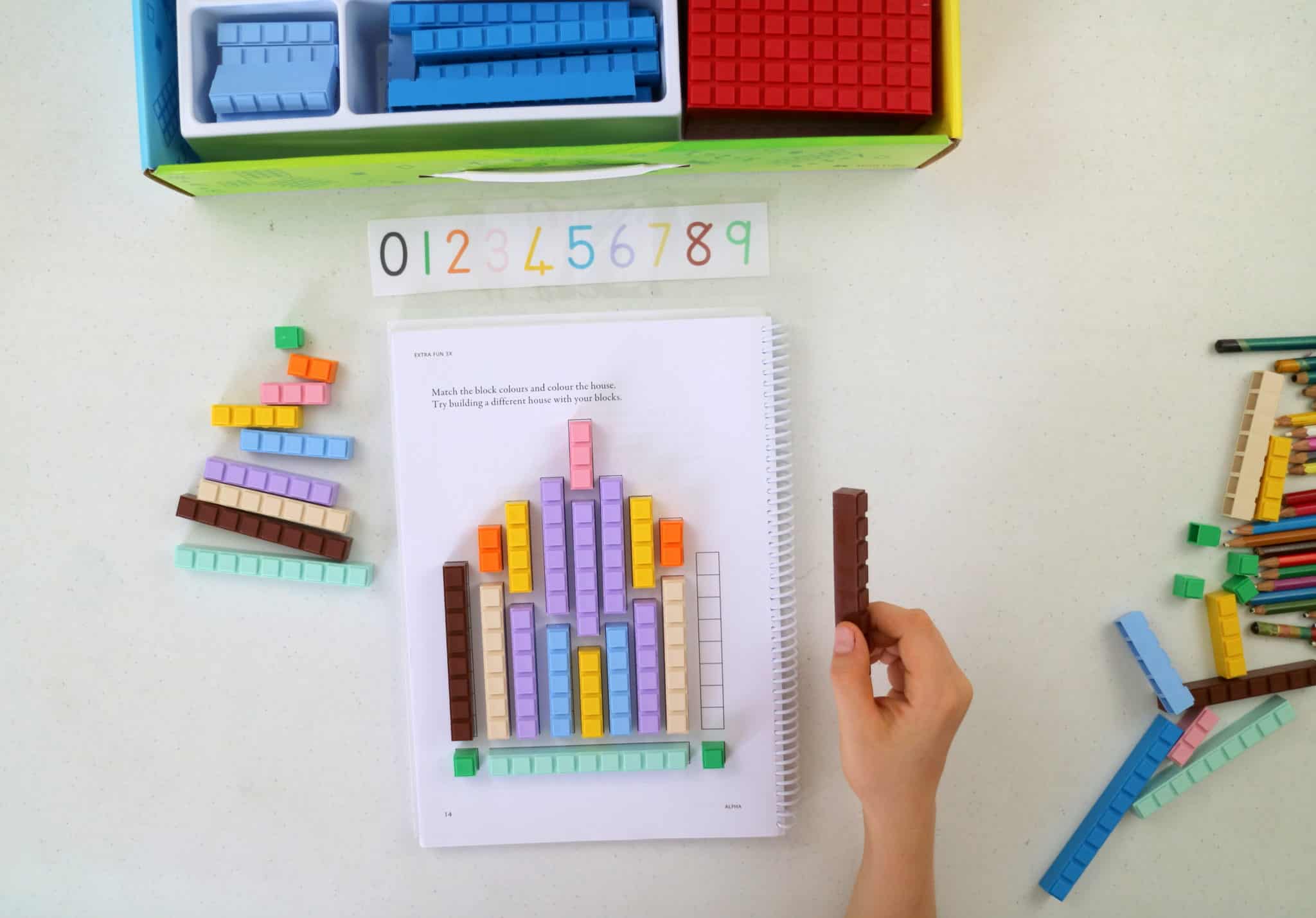
Math-U-See approaches learning using a different method called ”inductive learning.” Unlike typical classroom settings, using these step-by-step instructions and the hands-on manipulatives, the parent or teacher can focus solely on the student and support them along the way as they learn the concept.
For the homeschool parent, this is especially rewarding. You can have the time to learn and understand how your child works and thinks, and what really grabs them. You are able to provide a dedicated and constructive homeschooling lesson plan that's custom-built to your child's needs. You are able to be more interactive and hands-on and really be there with your child as you learn together.
Homeschooling allows you the opportunity to take your time with your student - and I advise you to take advantage of that! Observe how they use the blocks and solve problems. Ask your students to explain their thinking and how they got their answer (remember, don't only tell them when they are wrong!)
The 4 Key Components of Each Lesson:
1. Video Lessons
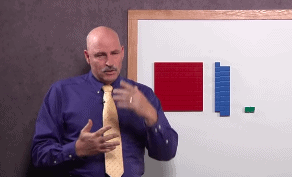
Math-U-See videos demonstrate the instruction as it should be. They illustrate how to present a concept using inductive learning. While they are designed for the parents, your student may benefit from watching the videos as well.
2. Instruction Manual
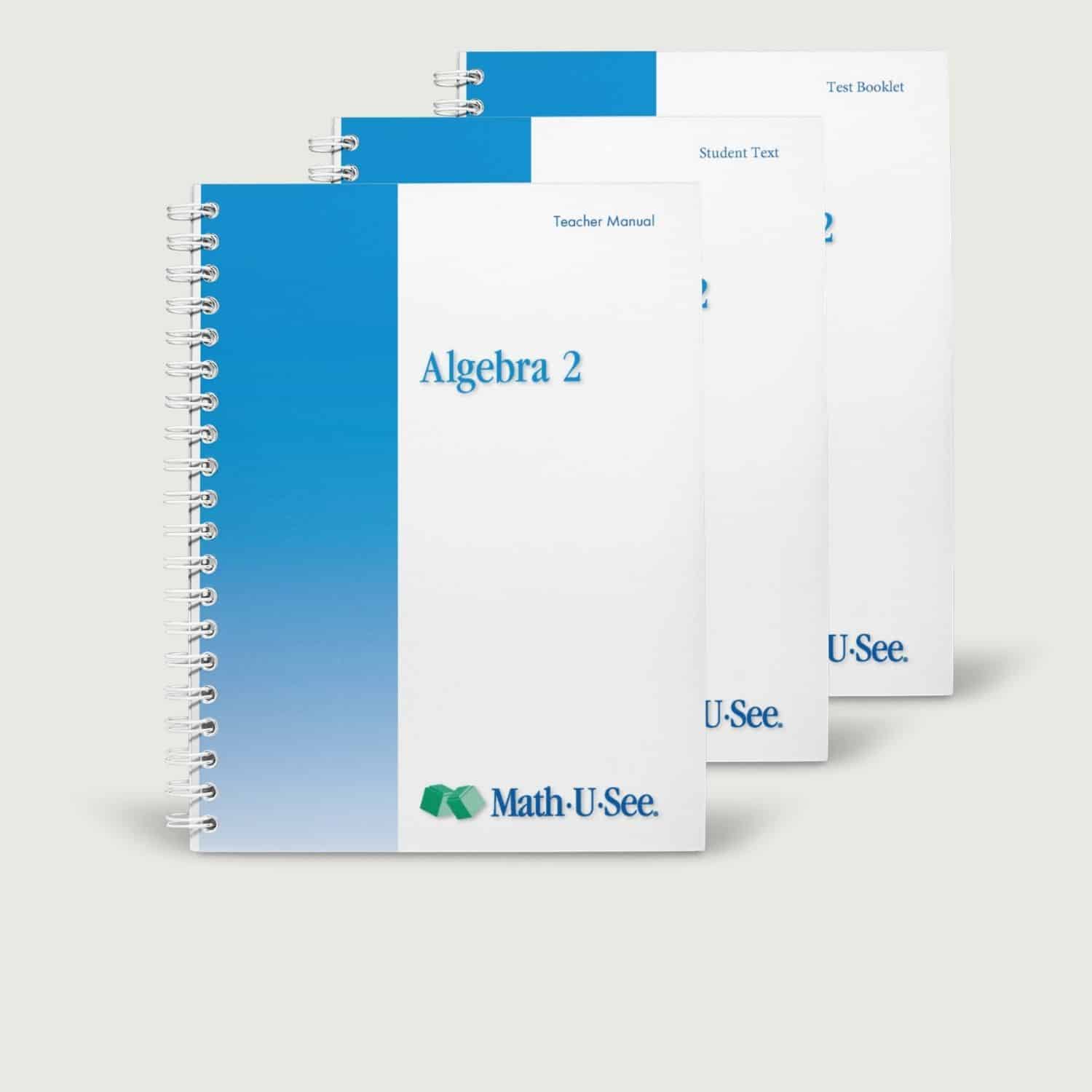
In addition to the videos, written instructions are provided in the Instruction Manual. These instructions include different examples and recommendations for practice. These examples also provide a refresher for parents on concepts that you may have not used in quite some time.
3. Maths Manipulatives
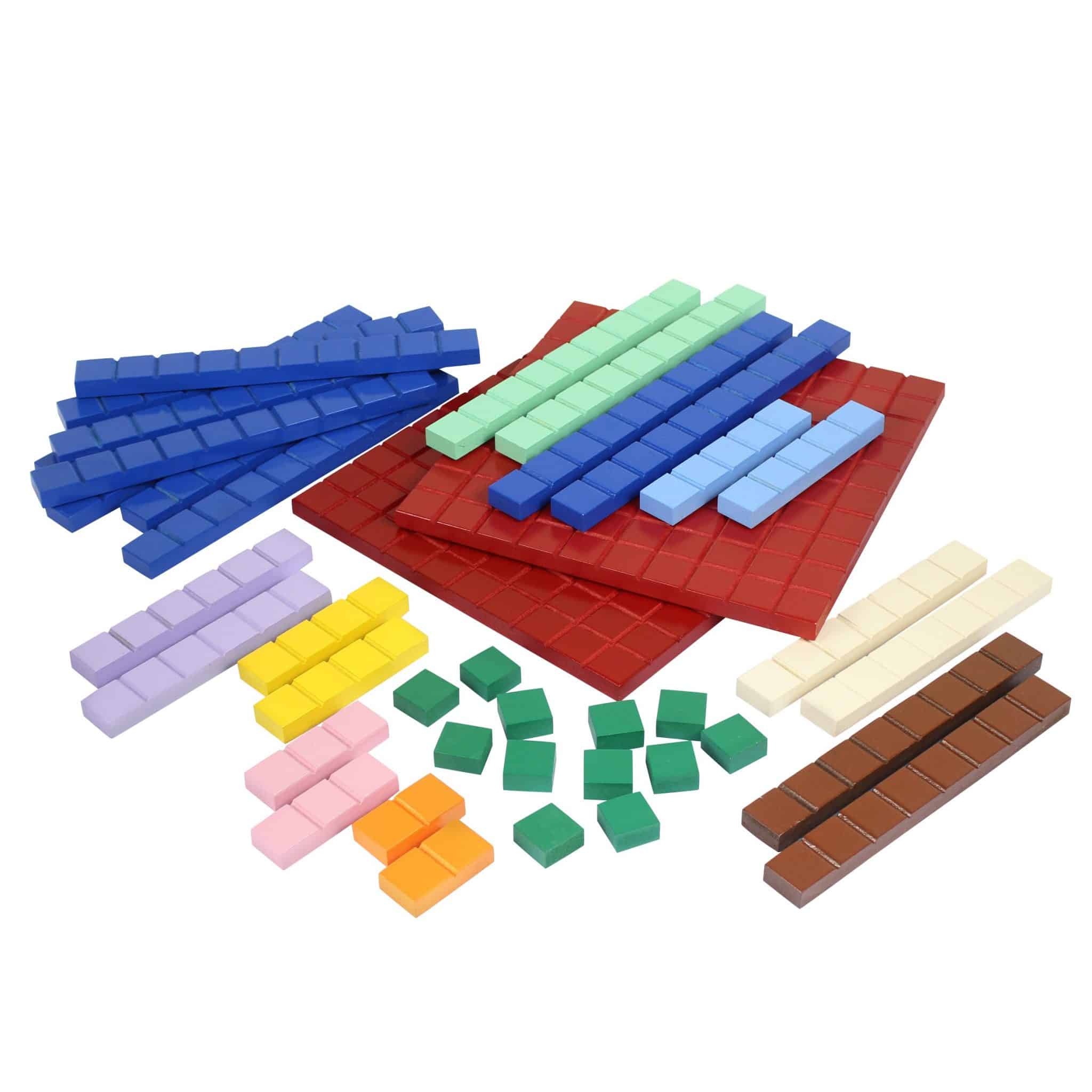
Hands-on learning is a great way for students to really embrace a concept. Using math manipulatives can help reinforce lessons, as they present the problem in a different way. Research has shown that when information is presented in different ways, the more likely it is to be retained. The manipulatives are available for all levels through Algebra 1, so encourage your student to take advantage of them. Even if they get it the first try with the blocks, allow them to teach the concept back to you.
4. Student Workbooks
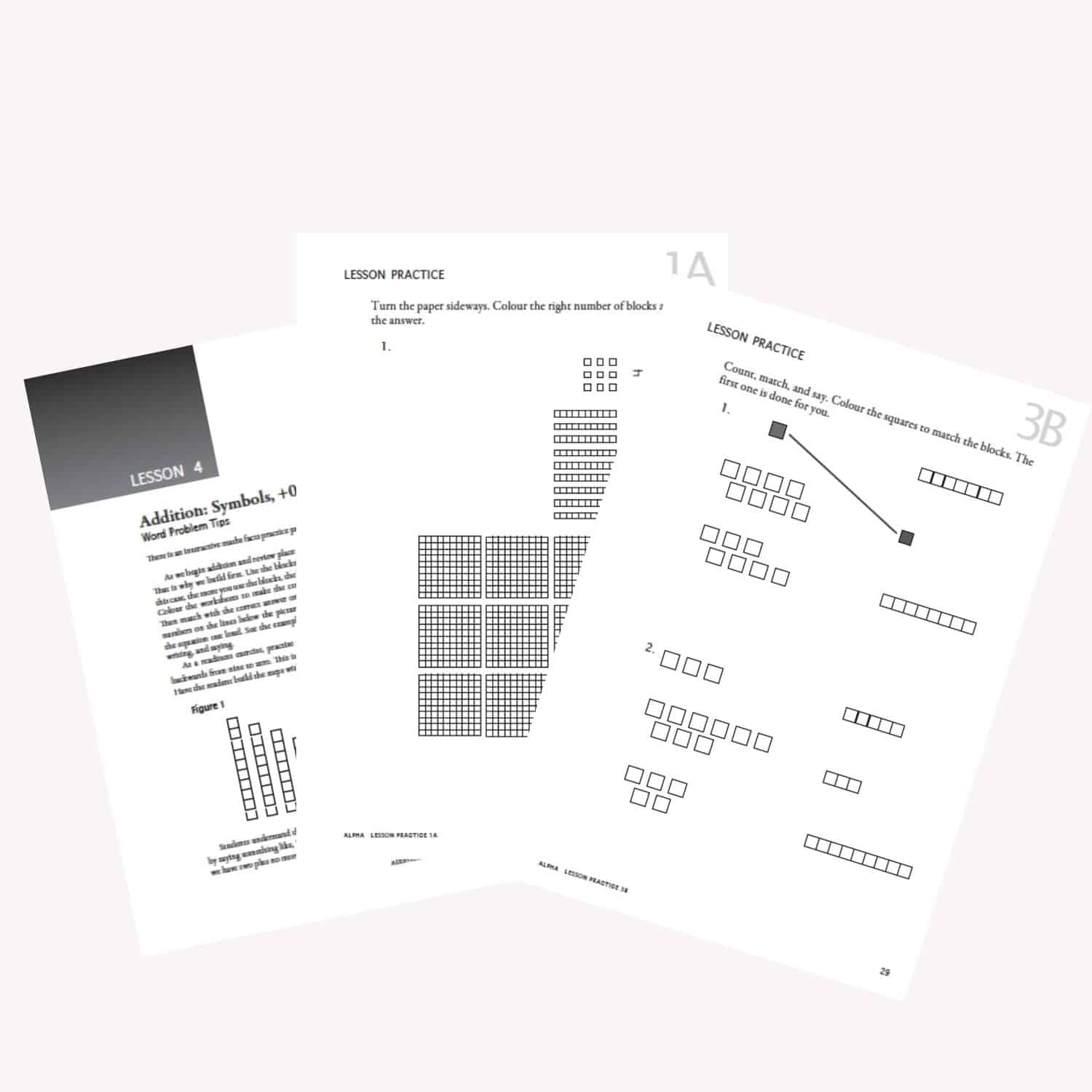
Practice makes perfect. Once the concept has been presented and the student demonstrates an understanding of it, it’s time for them to practice. The student workbook is divided by levels, with five to six pages per lesson.
The first few pages are usually Lesson Practice, to reinforce the new concept learned in that lesson. The following pages will be Systematic Review, which reinforces previously learned concepts as well. These pages are equally important as they can demonstrate your student’s retention of all material up to that point. Each level also includes a test, which allows the student to demonstrate whether the concept has been mastered. So essentially the student will learn a new concept, review previously learned concepts, and confirm mastery.
Although this is the way the program was written, there are different ways that you can present Math-U-See. Work with your student and pay attention to their particular learning style to determine what works best for them. Be aware of the resources that are available to you and customise your approach to your student.
We also have some great resources to help teaching your kids at home. The free Mega Bundle download has tons of helpful resources, including lesson planners, maths facts sheets, word problem tips and research documentation. You can download them here.
Hope it helps,
The Team at Maths Australia
